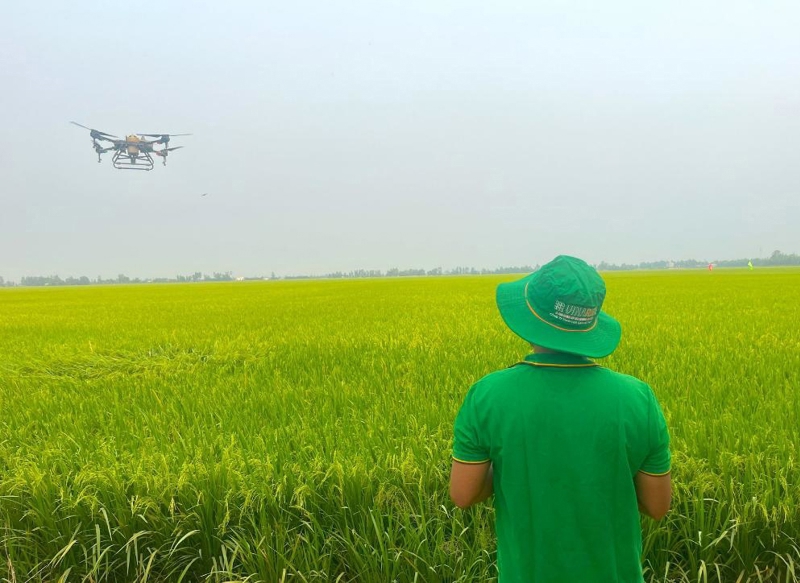The Ministry of Agriculture and Environment is drafting a plan to advance low-emission crop production for the 2025–2030 period, aiming to reduce the sector’s environmental footprint and support the country’s net-zero emissions target by 2050.
Under the proposed roadmap, Vietnam targets a 30% reduction in methane (CH₄) emissions and a 10% cut in total greenhouse gas emissions from crop production compared to 2020 levels. These reductions will be achieved through the application of tailored technical solutions based on specific crop types and ecological regions.
By 2030, the area practicing low-emission cultivation is expected to reach at least 2.5 million hectares, with a focus on concentrated commodity production zones.
As part of the plan, a national database on greenhouse gas emissions in crop production—categorized by crop, region, and applied techniques—will also be developed. This initiative aims to lay a foundation for a future carbon market in Vietnam’s agricultural sector.
At a recent working session, ministry officials highlighted that low-emission farming is a critical component of the national green development strategy. Currently, the only large-scale program in place is the “One Million Hectares of High-Quality, Low-Emission Rice” initiative in the Mekong Delta region. However, the country has over 7 million hectares of rice paddies and more than 1 million hectares of fruit orchards, revealing the potential for much broader implementation.
According to a report by an international organization, agriculture was Vietnam’s second-largest source of greenhouse gas emissions in 2020, accounting for approximately 19% of total emissions. Of this, rice cultivation contributed 48% and livestock 15.3%. Notably, over 70% of agricultural emissions consisted of methane (CH₄) and nitrous oxide (N₂O)—both of which have significantly higher global warming potentials than carbon dioxide (CO₂).









 Google translate
Google translate